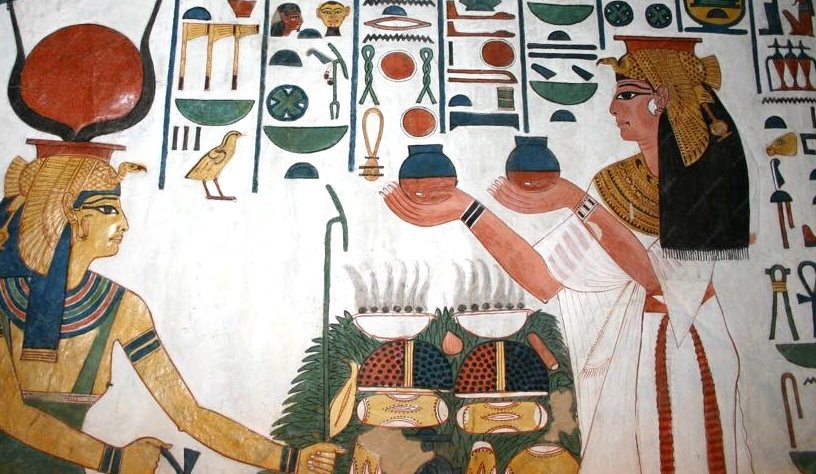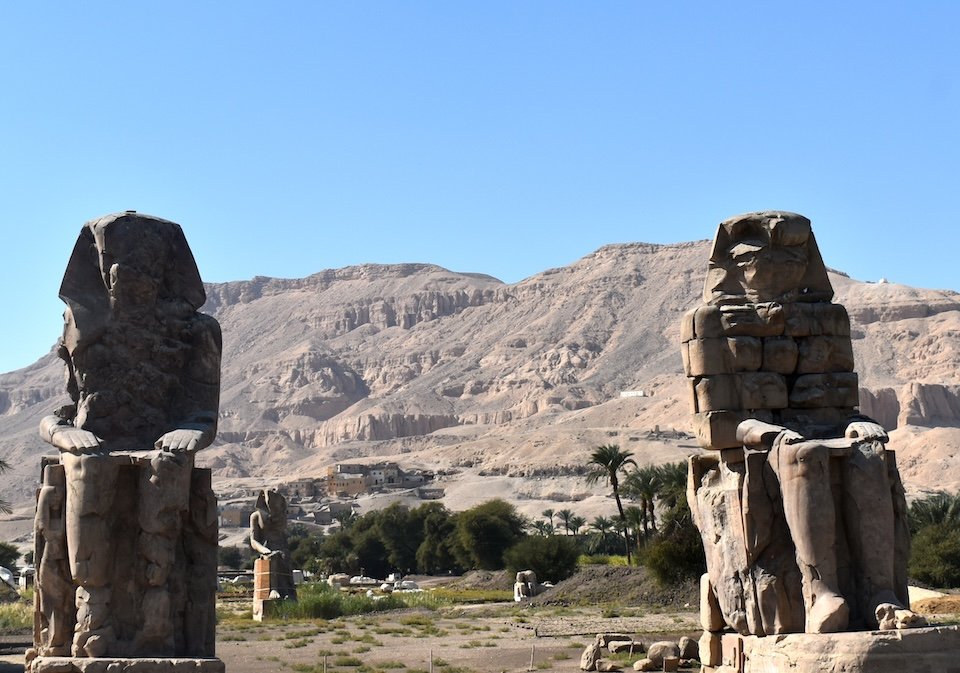Amenhotep III Tomb Inaugurated
The tomb of King Amenhotep III was inaugurated on the West Bank of Luxor after restoration.
The Minister of Tourism and Antiquities inaugurated the tomb of King Amenhotep III in the Valley of the Kings, west of Luxor, on Sunday, October 5, 2025, after completing its restoration work. The UNESCO representative in Egypt and Sudan attended the inauguration.

Information about the tomb of King Amenhotep III (A unique, but empty, tomb… why?)
The tomb of King Amenhotep III was discovered in 1799 AD, but it has not been open to visitors during their Journey to Luxor since its discovery.
Although the tomb was found empty, it is considered one of the most important discoveries in the Western Valley of the Kings. It is believed that its contents were moved or looted after floods caused extensive damage to the tomb, especially after the reign of King Amenhotep III and the Amarna period. In South of Cairo, it is one of the best tombs you can visit during your Nile Cruise in Egypt.
The tomb includes two burial chambers dedicated to the wives of the King, Queen Tiye and Queen Satamun, two of the most famous queens and daughters of Pharaonic Egypt.
The two chambers are located adjacent to the main chamber dedicated to the king, and each room contains a stone column in addition to a small side room.
The tomb was officially discovered by two members of the French expedition led by Napoleon. Funeral artifacts were transported to Europe at the time, and many of them were displayed in the Louvre Museum. However, the famous English Egyptologist Howard Carter began the first scientific excavations in 1915. His findings are currently on display at Highclere Castle in Britain and the Metropolitan Museum in New York.
Restoration Work.
The first phase included the conservation and restoration of the tomb’s inscriptions and ceiling, as well as the sarcophagus chamber and columns within. Work also included the restoration of the red granite sarcophagus lid, which had been damaged into more than 200 pieces. The third phase focused on preserving and maintaining the burial chamber (the sarcophagus chamber).
The restoration project took approximately 20 years, beginning in 2004, and was divided into three phases: the first from 2004 to 2010, the second from 2010 to 2017, and the third from 2023 to 2024. The restoration project is supported by the Japanese government in cooperation with UNESCO.

Who was King Amenhotep III?
King Amenhotep III lived from 1405 to 1370 BC, when the Egyptian kingdom was the largest empire in the ancient East. He inherited this empire from his ancestors, assuming power at a young age of around 12 after the death of his father, King Thutmose IV, and his reign lasted for approximately 36 years. His reign represented the peak of Egypt’s power, wealth, and glory. His great royal wife was Tiye, the daughter of a powerful local family from Akhmim town (North of Luxor), while some of his other wives were foreigners whom he married for diplomatic reasons.
Unlike his predecessors, who focused on the military aspect, Amenhotep III focused on the urban aspect, leaving behind the most extensive legacy among the kings of the Eighteenth Dynasty, and among the most important monuments is the Luxor Temple.
King Amenhotep III left behind many great monuments, including a large number of statues in Karnak templesand constructed the huge statues of Memnon. King Amenhotep III was buried in the western arm of the Valley of the Kings. In tomb KV22, unfortunately, the tomb was robbed in ancient times, and his mummy was moved to the tomb of his grandfather, King Amenhotep II
Trusted Partners
Nile Cruisen: Chosen by Leading Brands as Egypt's Top Cruise Operator











